Background Topics
Learn about the fundamentals of requirements management, application lifecycle management, quality assurance and risk management.

Agile Estimation
Traditional software development estimating techniques are slow, long lasting exercises and as such are totally unsuited to Agile processes. New methods of estimating have emerged which fit the Agile model, requiring minimal effort to provide 'just enough' information to support prioritization and decision making. This paper offers an introduction to the most popular of these techniques, as well as a look at how such practices work in larger, multi-team projects in which normalization has become the subject of disagreement.

API Testing
API testing determines if an API meets expectations for functionality, reliability, performance, and security. Learn about the benefits of API testing and much more!
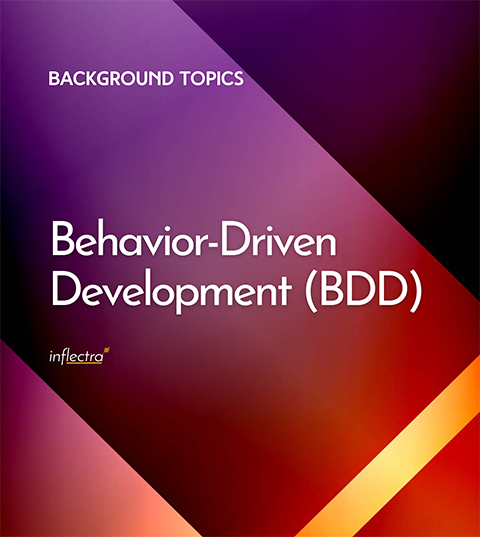
Behavior Driven Development
Behavior-Driven Development (BDD) is an Agile software development process that encourages collaboration among developers, QA and non-technical or business participants in a software project. It encourages teams to use conversation and concrete examples to formalize a shared understanding of how the application should behave.
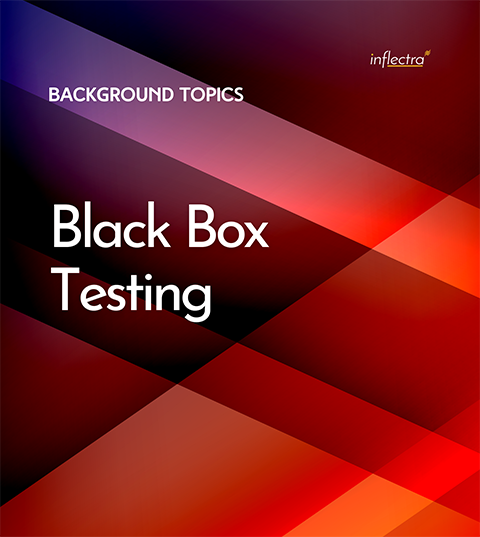
Black Box Testing
The term refers to a common situation in which a person interacts with a system through its external interface, i.e. without looking inside. A good example of Black Box Testing may be a physician who tries to diagnose and treat an illness using the external markers of a disease. This approach is called a black box and it stands in contrast to an approach that a surgeon takes, when the latter "opens" the box and takes a peek inside.
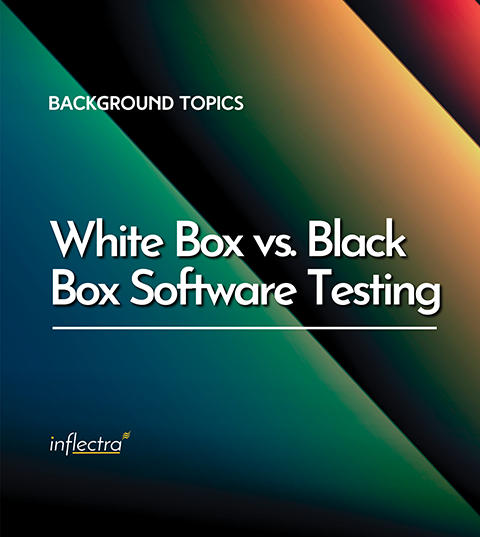
Black Box Vs White Box Testing
Black box & white box testing can get confusing, especially when trying to figure out which to use. Click here to learn about their key differences today.

Business Requirements Document
Business Requirements Documents (BRDs) are a cornerstone of project management, but can sometimes be overlooked or improperly used. Click here to see how you can maximize the value of yours!

Earned Value Management
EVM is a popular method for tracking project success & progress, putting a concrete number to performance. Learn the core concepts of EVM, benefits, & more!

Feature Driven Development
Feature-driven design (FDD) is an iterative and incremental software development process that follows the principles of the agile manifesto. The idea is to develop the high-level features, scope and domain object model and then use that to plan, design, develop and test the specific requirements and tasks based on the overarching feature that they belong to.

Functional Analysis
This section describes the various different techniques for performing a functional analysis. This typically happens after initial requirements discovery and before the full-blown requirements definition.

Functional Vs Non Functional Requirements
Software requirements are the foundation of development, defining the features, behavior, and performance standards of the system. They cover a wide variety of factors which all contribute to a final product that meets user needs and stakeholder expectations. Learn about the two major categories in our guide here.
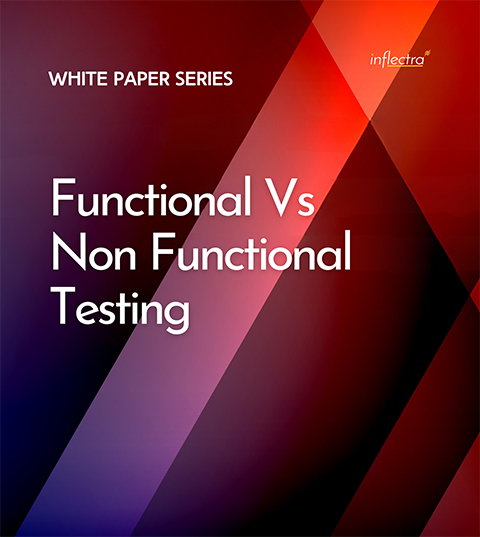
Functional Vs Non Functional Testing
Software testing is one of the most important parts of the development process. When it comes to more specific methods, testing processes usually fall under either functional or non-functional. Both categories aim to evaluate different areas, but work together to ensure operational and performance success. Click here to learn about the differences and specifics of each type today!

Git Commands Cheat Sheet
This helpful cheat sheet for beginners lists over 25 common Git commands with easy-to-understand definitions & examples for each. Click here to learn more!
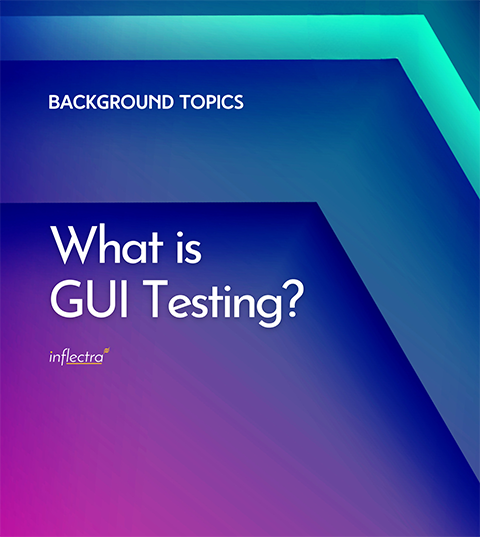
GUI Testing
Graphic User Interface Testing (GUI) testing is the process of ensuring proper functionality of the graphical user interface (GUI) for a specific application. This involves making sure it behaves in accordance with its requirements and works as expected across the range of supported platforms and devices.

Gxp Compliance Checklist
What does GxP compliance mean for software vendors? Click here to see our guide to building compliance into your app (plus a handy checklist).
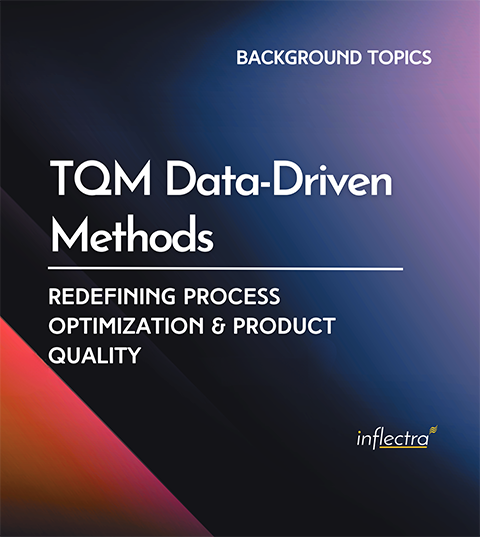
Implementing Total Quality Management In The Modern Enterprise
When upholding quality, the industry's adherence to Total Quality Management (TQM) principles has often been overshadowed by various testing methods. TQM encompasses both process and product quality, aiming to enhance an organization's overall operations and products. ISO 9001, ISO 15288, CMMI, and Six Sigma are foundational reference standards and frameworks that can help organizations improve their processes, products, and services. These standards and frameworks can be used independently or combined together to create a comprehensive system for improving an organization's overall performance. This article provides an oveview of TQM and the relationship with the foundational reference standards and frameworks.
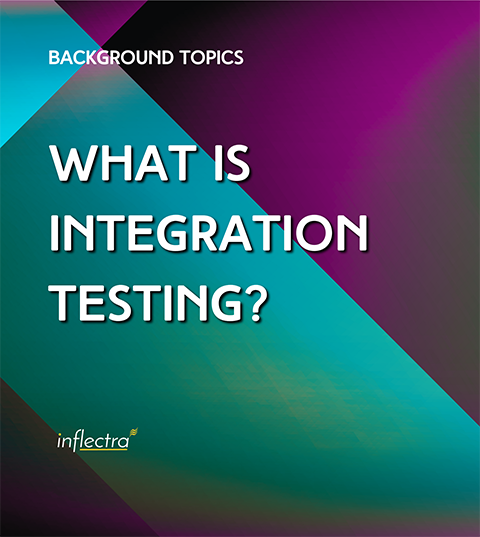
Integration Testing
Integration tests are a critical step in assembling a working software application. Learn how they work, their benefits, different types, & more here.
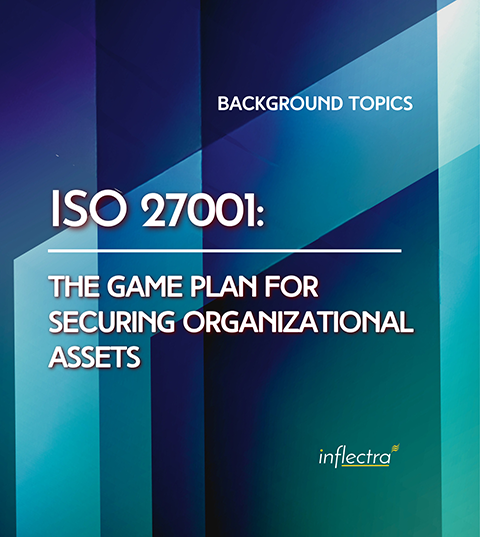
ISO27001 Securing Organizational Assets
ISO 27001 is the international standard for Information Security Management Systems (ISMS). It provides a comprehensive framework to protect an organization’s sensitive information, whether it be physical infrastructure, digital assets, or stakeholder data. Central to this framework is risk management, supported by ISO 27002 controls.

Kanban Metrics
Implementing a Kanban framework is one thing, but monitoring impact & gauging success is entirely different. Click here to learn what KPIs to track & why.
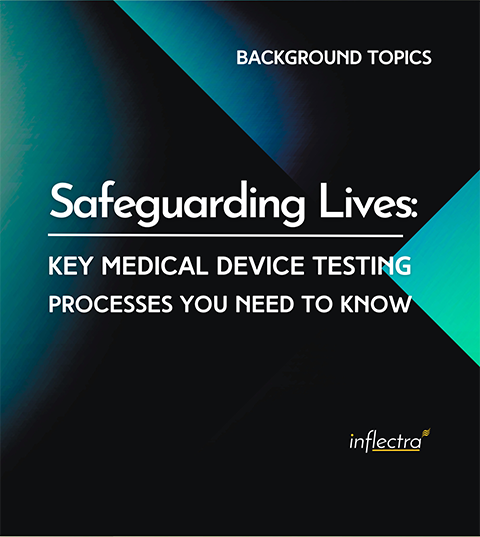
Medical Device Testing
In the rapidly evolving field of healthcare technology, the accuracy, reliability, and safety of medical devices are essential. As software becomes an increasingly integral part of these instruments, flawless operation is absolutely critical. Therefore, medical device software testing plays a central role in validating the performance and compliance of these systems. Learn More.

Model Context Protocol
Learn what Model Context Protocol (MCP) is, how it works, & how Inflectra is already integrating it into platforms to enhance your development. Click here to learn more today.

Post Quantum Cryptography
As quantum computing breakthroughs bring this technology closer to users, new threats emerge. Click here to learn about post-quantum security today.

PRD Template
Use our free downloadable product requirements document template. Learn more about PRD best practices & download the template (Excel or PDF) here.
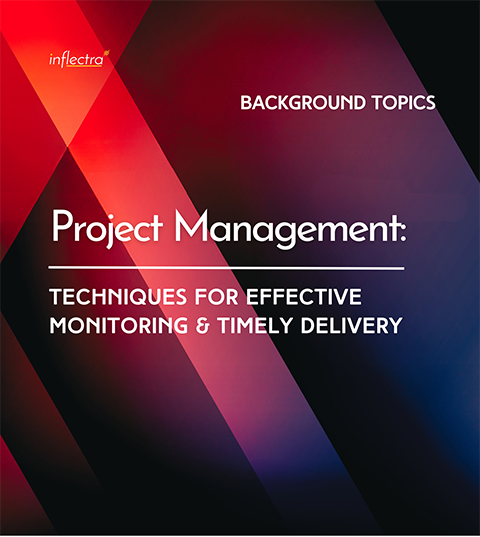
Project Management Techniques And Metrics
Effective project management is crucial for the successful delivery of projects. One key aspect of project management is monitoring the efficiency of project activities to identify areas for improvement and ensure timely completion. This article explores various metrics and techniques for monitoring project activities, including analyzing overdue tasks, utilizing the Pareto approach, and analyzing tasks by type and priority.
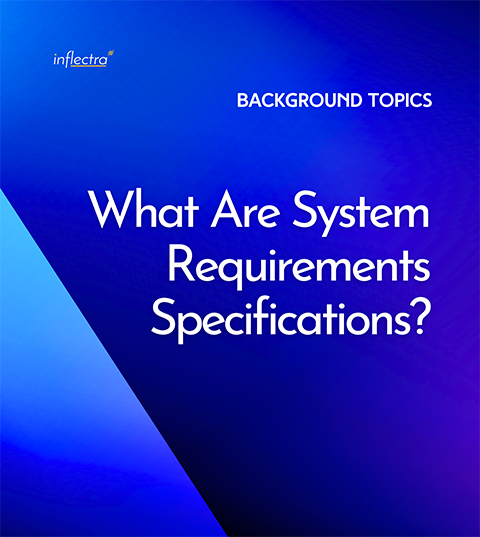
Requirements Definition
A System Requirements Specification (SRS) (also known as a Software Requirements Specification) is a document or set of documentation that describes the features and behavior of a system or software application. Learn more about it here.

Requirements Gathering
This section outlines some of key techniques and methods that can be employed for gathering and capturing requirements on a project. It includes suggestions and ideas for ways to best capture the different types of requirement (functional, system, technical, etc.) during the gathering process.

Requirements Management
This section outlines some of the key concepts surrounding requirements and introduces some main activities that should take place on a project to ensure that a robust requirements definition underpin the system.

Requirements Traceability
Requirements traceability refers to the ability to describe and follow the life of a requirement, in both forwards and backwards direction - from its origins, through its development and specification, to its subsequent deployment and use.

Risk Management Plan Template
Risk management is critical for modern enterprises to prepare for the future & plan for disruptions like AI. Download our risk management plan template here.
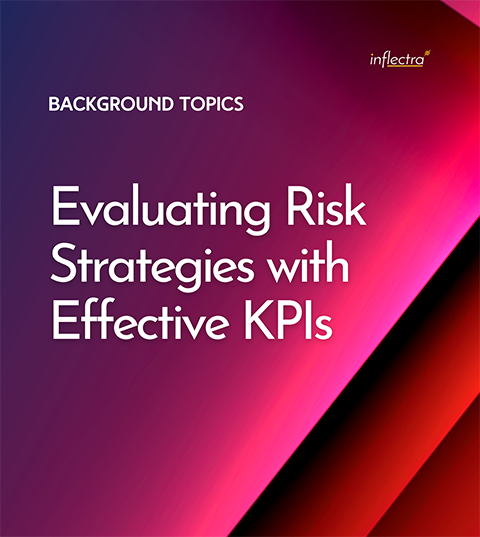
Risk Management Strategies And Metrics
Risk management is a critical area in project and product management, overseeing changes across people, processes, technology, and organizational domains. However, many practitioners often overlook its importance, only to address it reactively with corrective actions later on. Dr. Sriram Rajagopalan, Inflectra’s Global Head for Agile Strategy and Training & Learning Services, notes that in a rush to develop products quickly or manage projects with poorly developed key performance indices, the crucial link between quality and risk is often missed.

Safe Configurations
SAFe has quickly become a popular scaled agile option, but there are subvariations of the framework that you might not know about. Click here for more!

Scrum Artifacts
Forming the foundation of information needed for the development process, Scrum artifacts are a critical part of the planning process. Learn more here.

Scrum Ceremonies
Scrum events, or ceremonies, are one of the primary factors that makes scrum such an effective development methodology. Click here to learn more.

Software Quality Assurance
Quality assurance is one of the most critical pieces to the software development process & in whether your application succeeds or not. Learn about it here.

Software Security Testing
Security testing is increasingly critical in our modern world, but what are the specific methods behind this process? Learn more about security testing here.
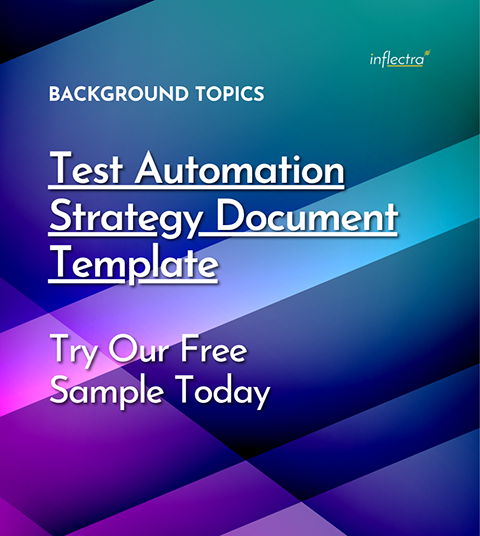
Test Automation Strategy Template
Learn about test automation strategy documents, what goes into them, why you should incorporate them into your QA, & download our free template doc.

Test Case Template
Looking for a simple way to set up test case documentation without starting from scratch? Click here to try our free & easy-to-use template today.
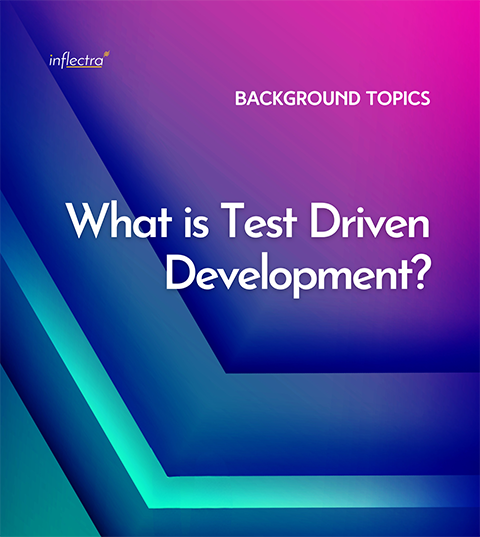
Test Driven Development
Test-Driven Development (TDD) originally was created as part of the Extreme Programming (XP) methodology, where it was known as 'Test-First' concept. The idea is that developers generally write their tests after the code is written and therefore are only testing the functionality as they wrote it, as opposed to testing it to make sure it works the way it was actually intended!

Testing Methodologies
There are several software testing & development methodologies commonly used, but it can be difficult to keep track of the difference. Learn more here.

Test Plan Template
Use our free downloadable test plan document template to kickstart your testing cycle. Click here to learn about test plan best practices, pitfalls, & more.

Understanding ALM Tools
Critical for delivering a quality product to your users, application lifecycle management is necessary for all software developers and stakeholders to understand. In this guide, we’ll cover what the process is, what it involves, its importance in modern software development, and more.

Understanding Help Desk Software
This background paper explains what a help desk is, what features you should look for in a help desk tool and explains why KronoDesk is the best choice for managing your help desk.

Understanding Requirements Management Tools
Requirements management is the process of managing a simply stated desire or need. Successful requirements are the key to delivering high quality products. This section explains what requirements management is and what features you should look for in a requirements management tool.
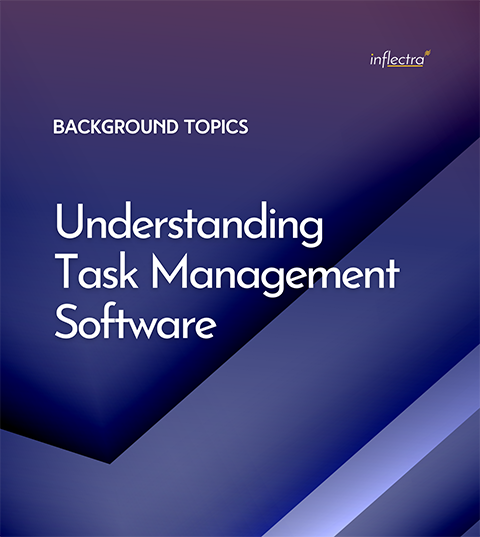
Understanding Task Management Software
Management of tasks and steps within a larger project is paramount to keeping it on track, under budget, and up to quality standards. Learn more about task management software in this background paper.
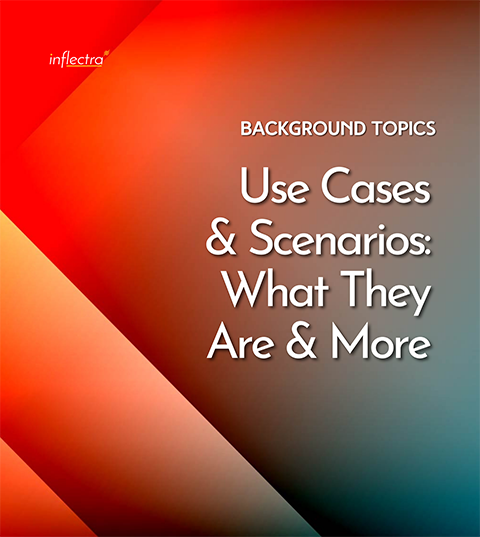
Use Cases
A use case is a definition of a specific business objective that the system needs to accomplish. A use-case will define this process by describing the various external actors (or entities) that exist outside of the system, together with the specific interactions they have with the system in the accomplishment of the business objective.

User Acceptance Testing
Learn about the final software testing phase, how UAT works, best practices, & even an Excel template. Click here for more about user acceptance testing.

User Stories
A user story is a form of software system requirement that has become quite popular in Agile Methodologies such as Extreme Programming and Scrum. Unlike more traditional methods such as a System Requirements Specification or Use Case Diagrams, the emphasis in these methodologies is simplicity and changeability.

User Story Template
Use our free downloadable user story template to streamline sprint planning. Learn more about user stories best practices and download the template here.
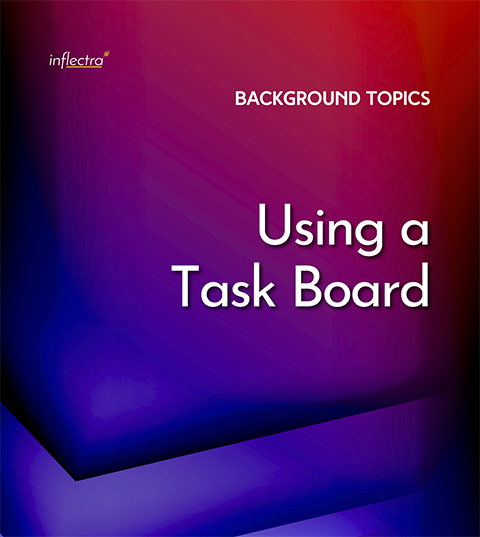
Using A Task Board
The Task Board is perhaps the single most useful, and arguably most important, device that can be used on Agile projects, often described as an 'information radiator' because it gives out the information to everyone from a central location. A Task Board is the focal point of any Agile project and serves as a good place at which to hold the stand-up meeting or Scrum.

What Is Acceptance Criteria
Acceptance criteria are integral to successful project management, but can sometimes be overlooked as just an optional add-on. Click here to learn more!

What Is A Test Plan
In the software development landscape, quality isn't an afterthought, it's baked into the process. Fueling this unwavering pursuit of excellence is the test plan — a document that holds the power to transform a potential buggy application into a polished gem. But what exactly is this blueprint, and why should it be your first priority before diving into the testing fray?

What Is Automated Software Testing
Automated software testing is the ability to have a software tool or suite of software tools test your applications directly without human intervention. Generally test automation involves the testing tool sending data to the application being tested and then comparing the results with those that were expected when the test was created.

What Is Devops
DevOps is a set of practices that combines software development (Dev) and IT operations (Ops). It aims to shorten the systems development life cycle and provide continuous delivery with high software quality. The goal of DevOps is to improve collaboration between development and operations teams, automate and streamline processes, and enhance the speed and efficiency of software development and deployment. Learn More.

What Is Edtech
Educational technology is a booming field that supports student learning & teacher efficiency. Learn about EdTech's benefits, expected trends, & more here.

What Is Exploratory Testing
Exploratory testing is a flexible and dynamic approach to software testing that emphasizes real-time learning, test design, and test execution. Learn More.

What Is Pair Programming
Pair programming is an integral part of XP & its framework. Click here to learn about this style, its benefits, challenges, tools, best practices, & more.

What Is Pairwise Testing
Pairwise testing can be an efficient way to maximize software testing coverage with constrained time or budget. Click here to learn more about it today!

What Is Quality Engineering
In the fast-paced world of software development, ensuring the quality of your product is paramount. Quality Engineering is a concept that goes hand-in-hand with Quality Assurance, but offers a different perspective on how to achieve the goal of “quality.” In this article, we'll explore the distinct world of Quality Engineering and why it's essential for creating high-quality software products.
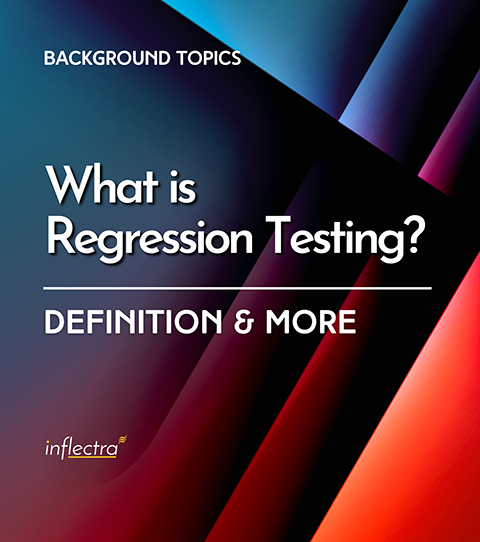
What Is Regression Testing
Read our deep dive into the topic of regression testing, its differentiating features, challenges, & best practices. Click here to read more today!

What Is Risk Management
Crucial to the success of any project is the ability to effectively manage risks. Learn what risk management is, how the process works, & more here.
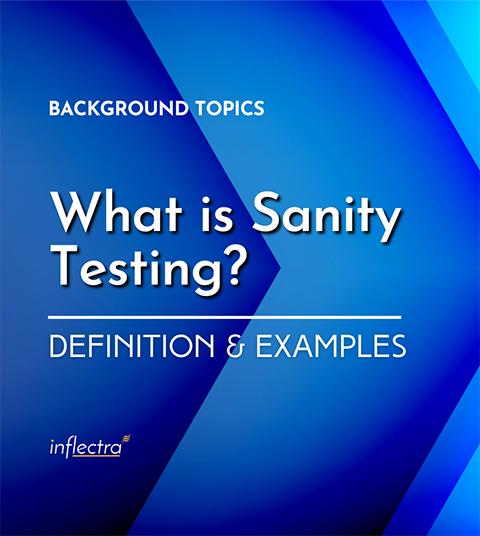
What Is Sanity Testing
Sanity testing is an important method for evaluating recent changes to a system. Click here to learn how it works, its benefits, steps, & more.

What Is Software Testing
Software testing is a critical piece of the software development lifecycle. But in a world of so much automation, should you keep your testing manual?

What Is Test Management Software
Test management is the process of taking your project's requirements, building a test plan, writing the tests, planning the test activities and capturing the results. This section explains what test management is, and what features you should look for in a test management tool.
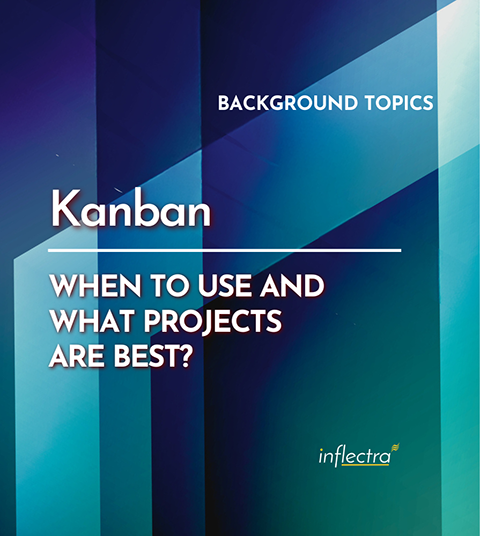
When To Use Kanban
Kanban is sometimes overlooked for its cousin, Scrum. But there are many scenarios when it shines brighter than other methodologies — learn more today.

Why Your AI Generated Code Needs Better Requirements
How do structured requirements—such as formal specification models, detailed user stories, and clearly articulated use cases—affect the generation quality of embedded system code when using advanced AI tools? Learn more with our practical guide to enhancing code quality.